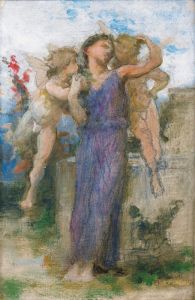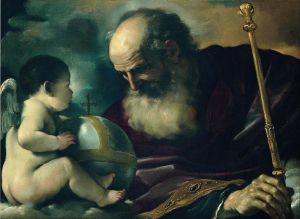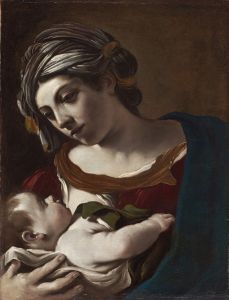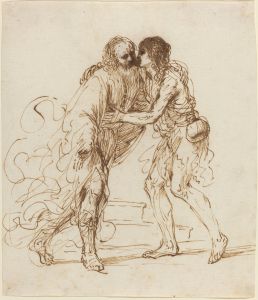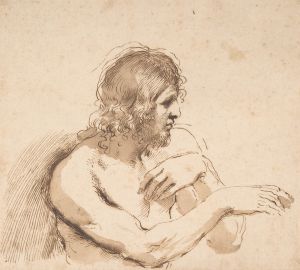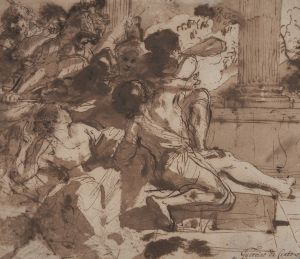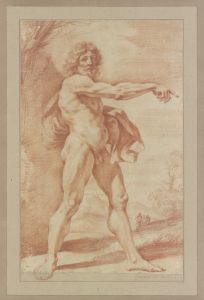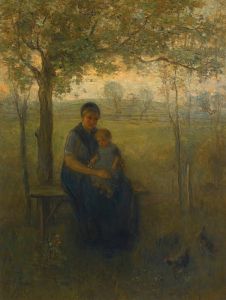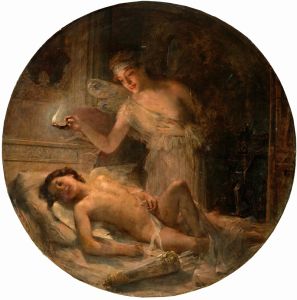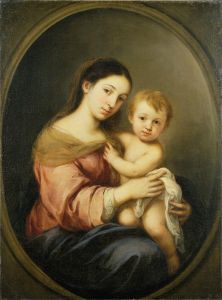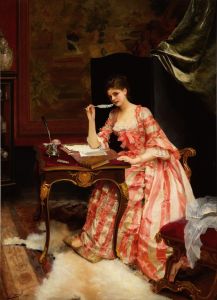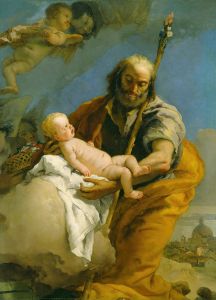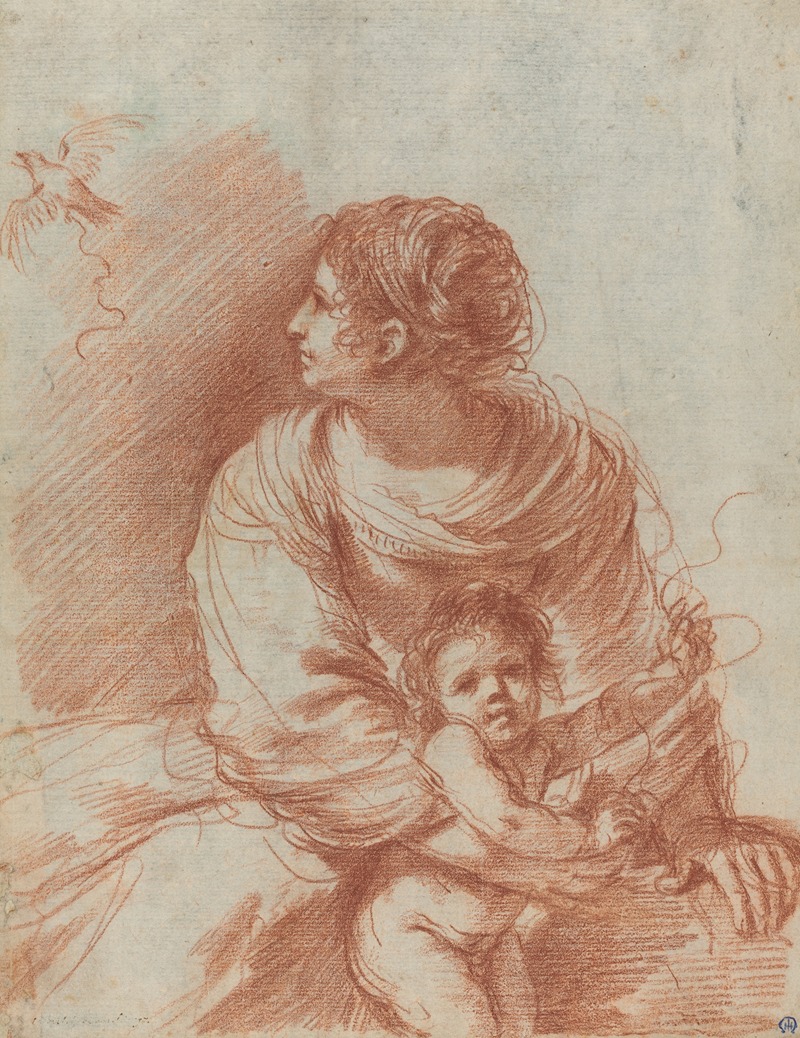
The Madonna and Child with an Escaped Goldfinch
A hand-painted replica of Guercino’s masterpiece The Madonna and Child with an Escaped Goldfinch, meticulously crafted by professional artists to capture the true essence of the original. Each piece is created with museum-quality canvas and rare mineral pigments, carefully painted by experienced artists with delicate brushstrokes and rich, layered colors to perfectly recreate the texture of the original artwork. Unlike machine-printed reproductions, this hand-painted version brings the painting to life, infused with the artist’s emotions and skill in every stroke. Whether for personal collection or home decoration, it instantly elevates the artistic atmosphere of any space.
"The Madonna and Child with an Escaped Goldfinch" is a painting by the Italian Baroque artist Giovanni Francesco Barbieri, better known as Guercino. Guercino, whose nickname means "the squinter," was an influential painter of the 17th century, recognized for his dynamic compositions and expressive use of color and light. This particular work is a fine example of his religious paintings, which often depicted scenes from the life of Christ and the Virgin Mary.
The painting features the Virgin Mary holding the Christ Child, a common theme in Christian art known as the Madonna and Child. This subject has been a central motif in Western art, symbolizing the bond between mother and child and the divine nature of Christ. In Guercino's rendition, the figures are portrayed with a sense of tenderness and intimacy, characteristic of his style, which often emphasized human emotion and the spiritual connection between the figures.
A notable element of this painting is the presence of a goldfinch, which has escaped from its cage. In Christian symbolism, the goldfinch is often associated with the Passion of Christ due to its diet of thistles and thorns, which are reminiscent of the Crown of Thorns. The bird's escape can be interpreted as a symbol of the Resurrection or the soul's liberation from earthly confines. This symbolic layer adds depth to the painting, inviting viewers to contemplate the theological implications of the scene.
Guercino's use of color and light in "The Madonna and Child with an Escaped Goldfinch" is exemplary of his Baroque style. The composition is marked by a dramatic contrast between light and shadow, known as chiaroscuro, which enhances the three-dimensionality of the figures and creates a sense of movement within the painting. The soft, luminous quality of the light highlights the serene expression of the Madonna and the playful innocence of the Christ Child, drawing the viewer's attention to their faces.
The painting reflects Guercino's mastery of capturing human emotion and his ability to convey complex theological themes through visual art. His work was highly regarded during his lifetime, and he received numerous commissions from religious and secular patrons alike. Guercino's influence extended beyond Italy, contributing to the spread of the Baroque style throughout Europe.
"The Madonna and Child with an Escaped Goldfinch" is housed in a collection that appreciates the historical and artistic significance of Guercino's work. While specific details about the painting's provenance or its current location may not be widely documented, it remains an important piece within the oeuvre of Guercino, illustrating his skill in blending narrative content with artistic technique.
In summary, Guercino's "The Madonna and Child with an Escaped Goldfinch" is a testament to the artist's ability to infuse traditional religious subjects with emotional depth and symbolic meaning. Through his expert use of light, color, and composition, Guercino creates a work that continues to resonate with audiences, reflecting the enduring power of Baroque art to convey spiritual and human truths.






